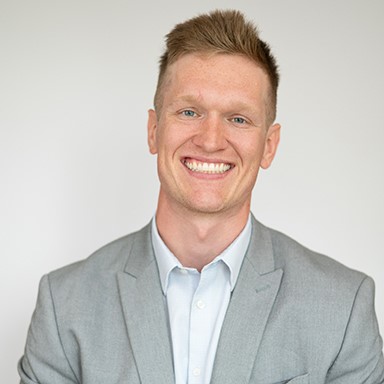In December 2022, the SECURE Act 2.0 became law. SECURE 2.0 built on the SECURE (“Setting Every Community Up for Retirement Enhancement”) Act of 2019, a law designed to improve retirement savings opportunities for employees and expand incentives for employer-sponsored retirement plans.
Because SECURE 2.0 is fairly complex and contains a number of provisions, retirement providers and plan sponsors often have questions about how to take action. As a result, the IRS issued additional guidance after the law was enacted. Here’s a closer look at a few key areas the IRS addressed and how they could impact your plan.
Catch-up contributions
SECURE 2.0 states that as of Jan. 1, 2024, catch-up contributions made by a participant with wages exceeding $145,000 in the prior calendar year must be made on a Roth basis. The law also says that if the prior-year rule applies for one participant, an employer must allow all other participants to make catch-up contributions on a Roth basis.
To help facilitate this change, the IRS announced1 a two-year “administrative transition period,” which effectively pushes the implementation date back to Jan. 1, 2026.
Automatic enrollment mandate
A key provision of SECURE 2.0 is that 401(k) plans established after Dec. 29, 2022, must automatically enroll employees at a rate between 3% and 10% of the participant’s compensation by Jan. 1, 2025. Plan sponsors have had questions about mergers, spin-offs and starter plans, which the IRS addressed2 in a December 2023 notice:
Mergers
If a plan subject to the automatic enrollment mandate merges with a plan that was established before SECURE 2.0 was enacted, the new ongoing plan issubject to the mandate unless certain exceptions apply.
Spin-offs
If a new plan forms from a plan that is exempt from the mandate, the spin-off is exempt as well.
Starter plans
The mandate applies to starter plans, which were newly created under SECURE 2.0 and serve as a streamlined option for employers.
Roth employer contributions
SECURE 2.0 added the option for an employer to designate matching contributions and nonelective contributions on a Roth basis. Additional IRS guidance noted that these options are not mutually exclusive, and employers can decide whether to make contributions on a Roth basis to one, both or neither of these sources.
Employees can only designate a Roth matching or nonelective contribution if they are fully vested in that source. The Roth contributions are included in gross income for the allocated year and are excluded from wages for federal income tax withholding, FICA and FUTA purposes.
Participation incentives
Plan sponsors have the ability to provide financial incentives to participants under SECURE 2.0. However, sponsors have had questions about how big incentives can be, how often they can be made and which employees can receive them.
New guidance notes that a plan sponsor may provide a “de minimis,” or minor, financial incentive to a participant, which is defined as not exceeding $250 in value. An exception to the “de minimis” rule applies only for employees not currently participating in the plan. These incentives are not considered matching contributions and are not subject to the standard IRS rules governing plan contributions, though they are subject to the same withholding and reporting requirements as other employer fringe benefits.
As is often the case with legislation, there will likely be more updates and guidance to come. It’s critical that plan sponsors stay current to adequately meet their fiduciary responsibilities, and to provide sound plan management and optimal participant outcomes. If you have questions about SECURE 2.0 or your organization’s retirement plan in general, consider partnering with an experienced retirement advisor.

